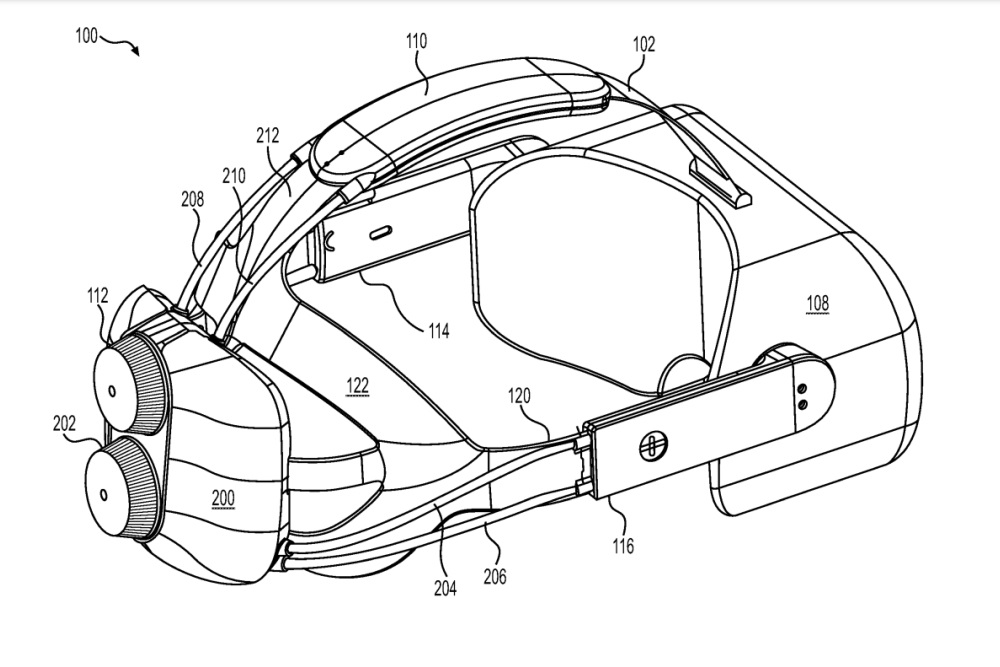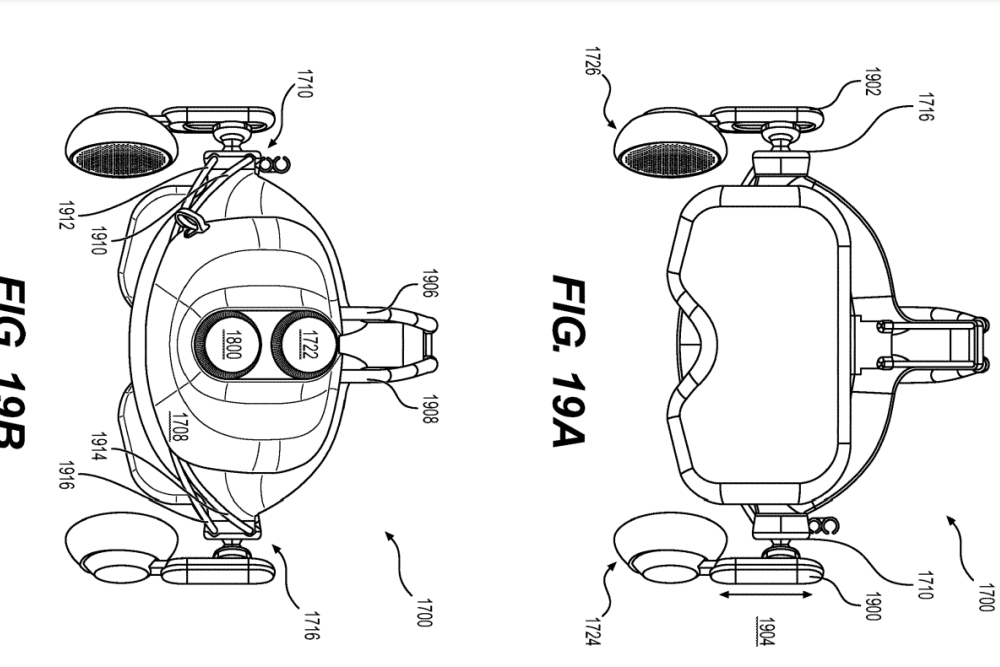Interestingly, the patent this time has Valve talking more about the securing mechanisms between what the patent describes as front and rear housings. The front is where the display usually is, and is the bit that you put over your eyes. As for the rear housing, this will contain “various computing components”, such as batter(ies), antenna(s), processor(s) and printed circuit boards (PCB), among others. These suggest a standalone, untethered VR headset that’s unlike the Index, to say the least. Then on the side there’s room for for cables, and a tightening mechanism on the back for adjustments, allowing users to find the best fit for their head. These bits match up with the previous patent, which looked to have a focus on improved ergonomics. Though notably missing from this patent is the spring or tension-loaded harness. As mentioned, this is the second patent by Valve describing what looks a lot to be like a standalone VR headset. PC Gamer reports that rumours about such a thing have been floating about, including a codename “Deckard”. It does suggest that the company is a lot further along the process than just a couple of patents, but as always, rumours should be taken with a pinch of salt. But back to this patent. With the tethered Valve Index being the company’s primary VR headset, having an untethered option is an obvious next move. Though such a thing will be competing against the Oculus Quest series of VR headsets. (Source: USPTO via PC Gamer)

